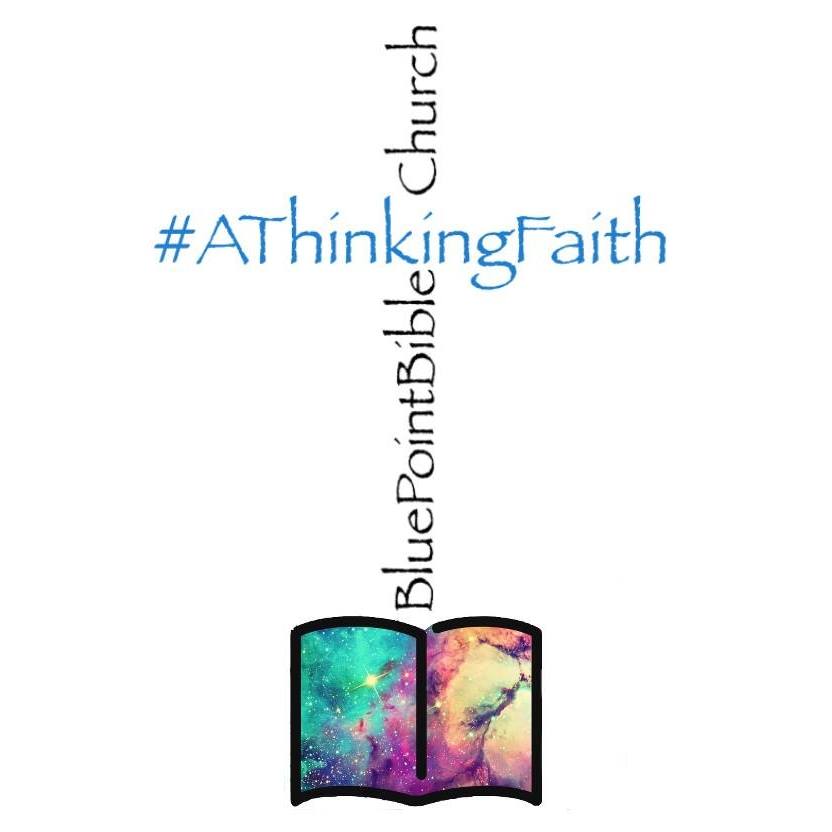Historiography aka Historical Method
https://en.wikipedia.org/wiki/Historical_method#:~:text=The%20term%20historical%20method%20refers,write%20histories%20of%20the%20past.&text=In%20the%20philosophy%20of%20history,the%20sub%2Dfield%20of%20epistemology.
So…. AD 33 – 100 (“Persecuted & Hidden” is a period we divide into two parts)
- Pre – AD 70 (33 – 70)
– Barnabas
– N.T. writings
– Clement to the Corinthians
– Shepherd of Hermas
– Didache
- Post – AD 70 (70-110)
– Papias
– Polycarp
– Ignatius
– Hegessipus
- Also, “Google” – 1st century writers/writings
– 1st century on Wikipedia (perhaps read through timeline)
– https://en.wikipedia.org/wiki/Category:1st-century_history_books
– https://en.wikipedia.org/wiki/Category:1st-century_historians
Developing a systematised belief (canon); Didache, & “Church Fathers”
“The period immediately following the passing of the Apostles is known as the period of the Church Fathers. Many of these men walked with the Apostles and were taught directly by them. Polycarp and Papias, for instance, are considered to have been disciples of the Apostle John. Doctrinal authority during this period rested on two sources, the Old Testament (O.T.) and the notion of Apostolic succession, being able to trace a direct association to one of the Apostles and thus to Christ. Although the New Testament (N.T.) Canon was written, it was not yet seen as a separate body of books equivalent to the O.T. Six church leaders are commonly referred to: Barnabas, Hermas, Clement of Rome, Polycarp, Papias, and Ignatius (Berkhof, The History of Christian Doctrines, 37). Although these men lacked the technical sophistication of today’s theologians, their correspondence confirmed the teachings of the Apostles and provides a doctrinal link to the N.T. Canon itself. Christianity was as yet a fairly small movement. These Church Fathers, often elders and bishops in the early Church, were consumed by the practical aspects of Christian life among the new converts. Therefore, when Jehovah’s Witnesses argue that the early church did not have a technical theology of the Trinity, they are basically right. There had been neither time nor necessity to focus on the issue. On the other hand these men clearly believed that Jesus was God as was the Holy Spirit, but they had yet to clarify in writing the problems that might occur when attempting to explain this truth. The early Church Fathers had no doubt about the authority of the O.T., often prefacing their quotes with “For thus saith God” and other notations. As a result they tended to be rather moralistic and even legalistic on some issues. Because the N.T. Canon was not yet settled, they respected and quoted from works that have generally passed out of the Christian tradition. The books of Hermas, Barnabas, Didache, and 1 and 2 Clement were all regarded highly (Hannah, Lecture Notes for the History of Doctrine, 2.2). As Berkhof writes concerning these early Church leaders, “For them Christianity was not in the first place a knowledge to be acquired, but the principle of a new obedience to God” (Berkhof, History of the Christian Church, 39). Although these early Church Fathers may seem rather ill-prepared to hand down all the subtle implications of the Christian faith to the coming generations, they form a doctrinal link to the Apostles (and thus to our Lord Jesus Christ), as well as a witness to the growing commitment to the Canon of Scripture that would become the N.T. As Clement of Rome said in first century, “Look carefully into the Scriptures, which are the true utterances of the Holy Spirit” (Geisler, Decide For Yourself, 11).”
Pick a document to read during this time – Polycarp to the Philippians (next study)
